BFS P1825 [USACO11OPEN] Corn Maze S
题目描述
This past fall, Farmer John took the cows to visit a corn maze. But this wasn't just any corn maze: it featured several gravity-powered teleporter slides, which cause cows to teleport instantly from one point in the maze to another. The slides work in both directions: a cow can slide from the slide's start to the end instantly, or from the end to the start. If a cow steps on a space that hosts either end of a slide, she must use the slide.
The outside of the corn maze is entirely corn except for a single exit.
The maze can be represented by an N x M (2 <= N <= 300; 2 <= M <= 300) grid. Each grid element contains one of these items:
* Corn (corn grid elements are impassable)
* Grass (easy to pass through!)
* A slide endpoint (which will transport a cow to the other endpoint)
* The exit
A cow can only move from one space to the next if they are adjacent and neither contains corn. Each grassy space has four potential neighbors to which a cow can travel. It takes 1 unit of time to move from a grassy space to an adjacent space; it takes 0 units of time to move from one slide endpoint to the other.
Corn-filled spaces are denoted with an octothorpe (#). Grassy spaces are denoted with a period (.). Pairs of slide endpoints are denoted with the same uppercase letter (A-Z), and no two different slides have endpoints denoted with the same letter. The exit is denoted with the equals sign (=).
Bessie got lost. She knows where she is on the grid, and marked her current grassy space with the 'at' symbol (@). What is the minimum time she needs to move to the exit space?
题意翻译
奶牛们去一个 \(N\times M\) 玉米迷宫,\(2\le N\le300\), \(2\le M\le300\)。
迷宫里有一些传送装置,可以将奶牛从一点到另一点进行瞬间转移。这些装置可以双向使用。
如果一头奶牛处在这个装置的起点或者终点,这头奶牛就必须使用这个装置,奶牛在传送过后不会立刻进行第二次传送,即不会卡在传送装置的起点和终点之间来回传送。
玉米迷宫除了唯一的一个出口都被玉米包围。
迷宫中的每个元素都由以下项目中的一项组成:
- 玉米,
#表示,这些格子是不可以通过的。 - 草地,
.表示,可以简单的通过。 - 传送装置,每一对大写字母 A 到 Z 表示。
- 出口,
=表示。 - 起点,
@表示
奶牛能在一格草地上可能存在的四个相邻的格子移动,花费 1 个单位时间。从装置的一个结点到另一个结点不花时间。
输入格式
第一行:两个用空格隔开的整数 \(N\) 和 \(M\)。
第 \(2\sim N+1\) 行:第 \(i+1\) 行描述了迷宫中的第 \(i\) 行的情况(共有\(M\)个字符,每个字符中间没有空格)。
输出格式
一个整数,表示起点到出口所需的最短时间。
输入输出样例 #1
输入 #1
5 6
###=##
#.W.##
#.####
#.@W##
######
输出 #1
3
说明/提示
例如以下矩阵,\(N=5,M=6\)。
###=##
#.W.##
#.####
#.@W##
######
唯一的一个装置的结点用大写字母 \(\tt{W}\) 表示。
最优方案为:先向右走到装置的结点,花费一个单位时间,再到装置的另一个结点上,花费 \(0\) 个单位时间,然后再向右走一个,再向上走一个,到达出口处,总共花费了 \(3\) 个单位时间。
思路
安排结构体 node 记录坐标和最小步数。
结构体队列 queue<node> q 进行bfs。
题目中加入特判要求:传送装置。
那么在每次出队操作后加入一个参数为引用的函数 void trans(int &x, int &y) ,对整张图进行遍历找到对应传送装置并进行传送。
在该函数有个细节,就是判断条件 mp[x][y] == mp[i][j] && (x != i || y != j) ,注意除了是对应传送装置外,还必须保证坐标必须不能全部相同。
代码
#include <bits/stdc++.h>
using namespace std;
char mp[305][305];
int vis[305][305];
int sx, sy, ex, ey;
int dx[] = {-1, 0, 1, 0}, dy[] = {0, -1, 0, 1};
int n, m;struct node
{int x, y;int step = 0;node (int i, int j, int k) : x(i), y(j), step(k) {}
};void trans(int &x, int &y)
{for (int i = 0; i < n; i++) for (int j = 0; j < m; j++) if (mp[x][y] == mp[i][j] && (x != i || y != j)) {x = i, y = j;return;}
}int bfs()
{queue<node> q;node start(sx, sy, 0);//start.x = sx, start.y = sy;q.push(start);vis[sx][sy] = 1;while (q.size()) {auto t = q.front();q.pop();int d = t.step;if (mp[t.x][t.y] >= 'A' && mp[t.x][t.y] <= 'Z') trans(t.x, t.y);if (t.x == ex && t.y == ey) return d;for (int i = 0; i < 4; i++) {int a = t.x + dx[i], b = t.y + dy[i];if (a < 0 || b < 0 || a >= n || b >= m) continue;if (mp[a][b] == '#' || vis[a][b]) continue;vis[a][b] = 1;node tmp(a, b, d + 1);q.push(tmp);}}
}int main()
{cin >> n >> m;for (int i = 0; i < n; i++) for (int j = 0; j < m; j++) {cin >> mp[i][j];if (mp[i][j] == '@') sx = i, sy = j;else if (mp[i][j] == '=') ex = i, ey = j;}int ans = bfs();cout << ans << endl;return 0;
}


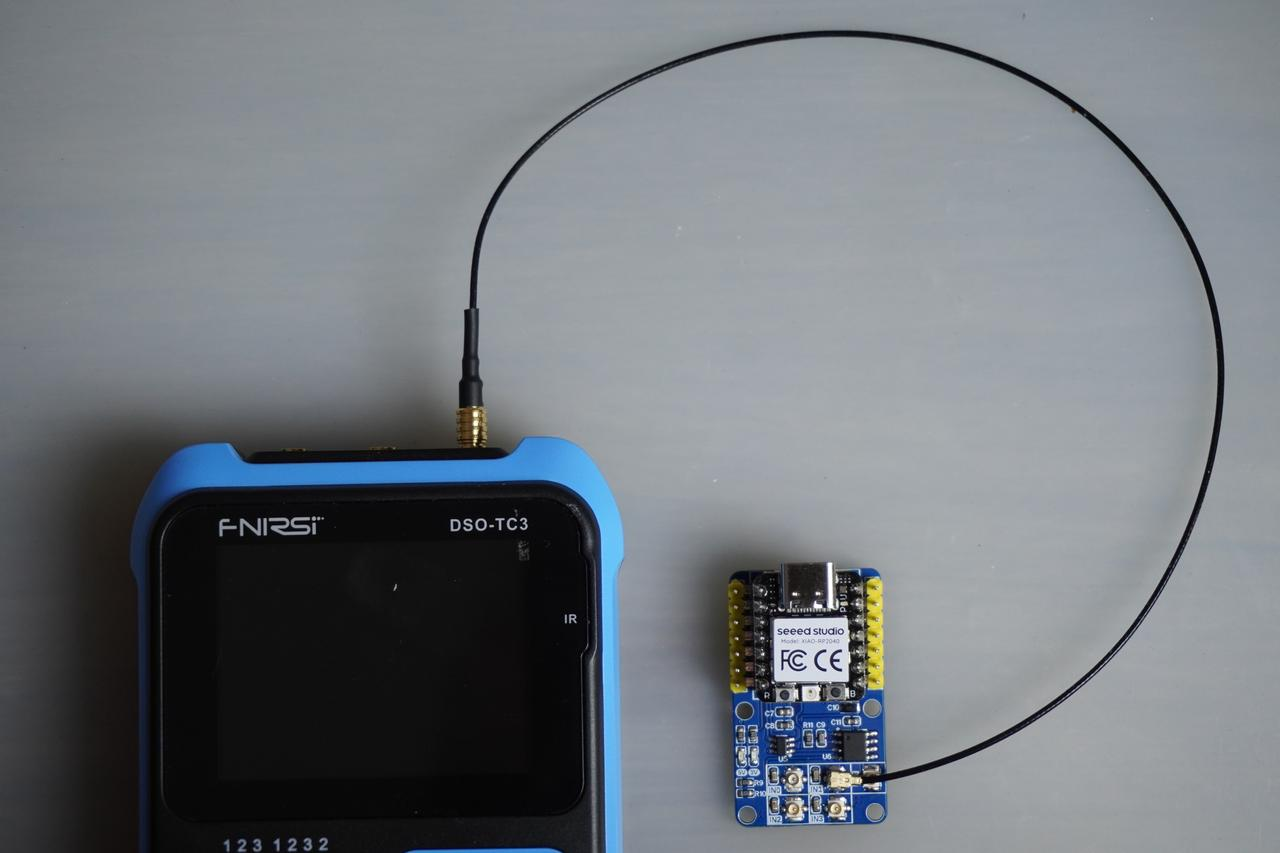
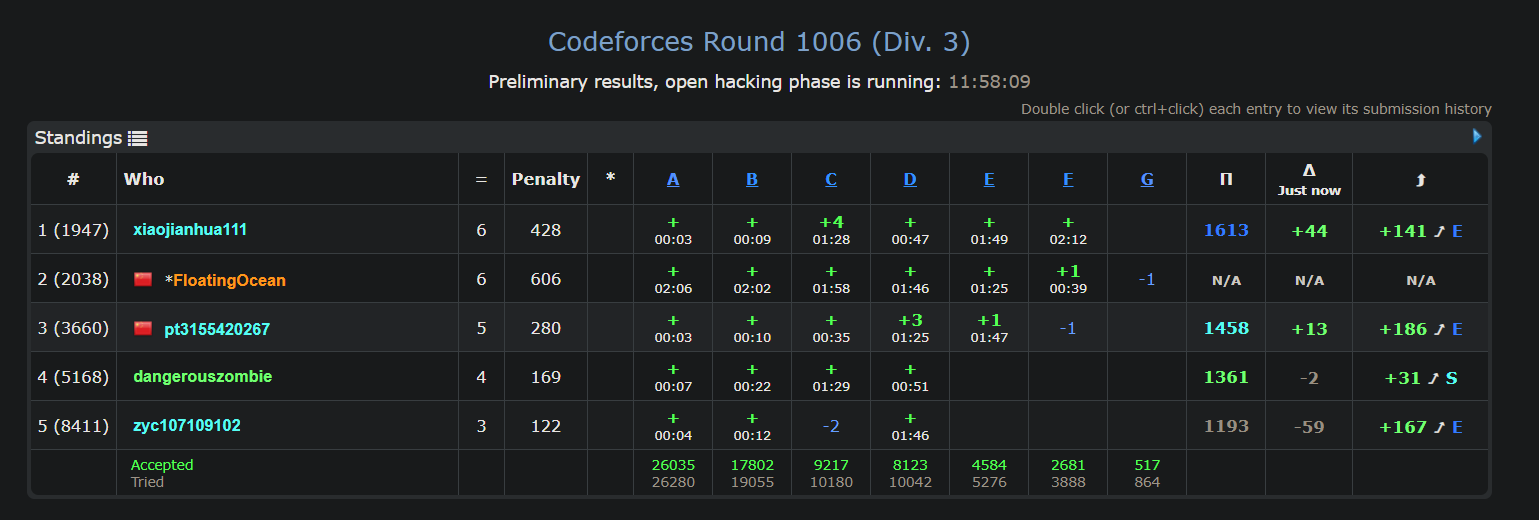
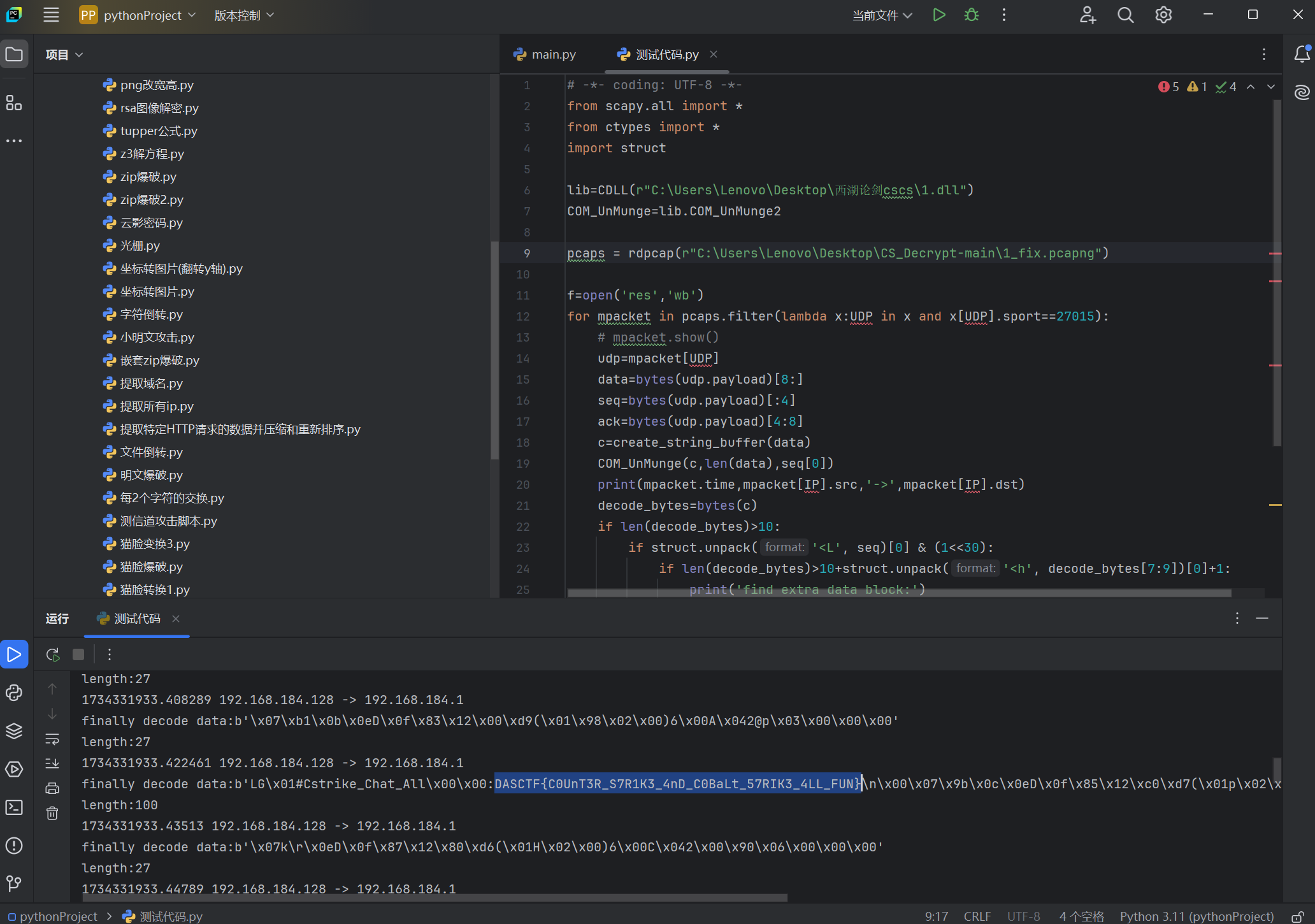

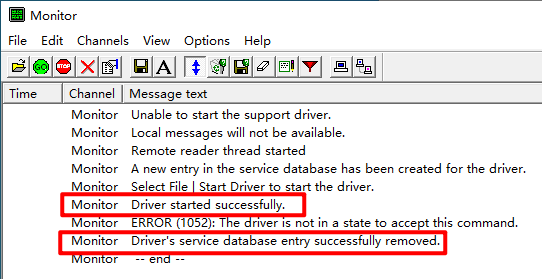
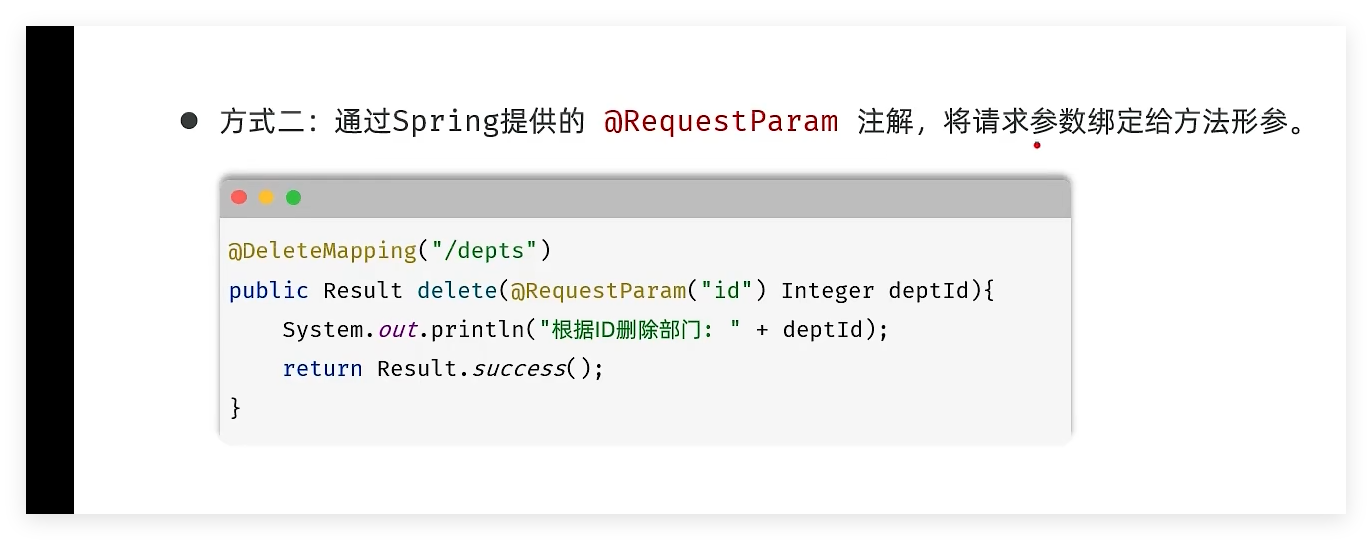
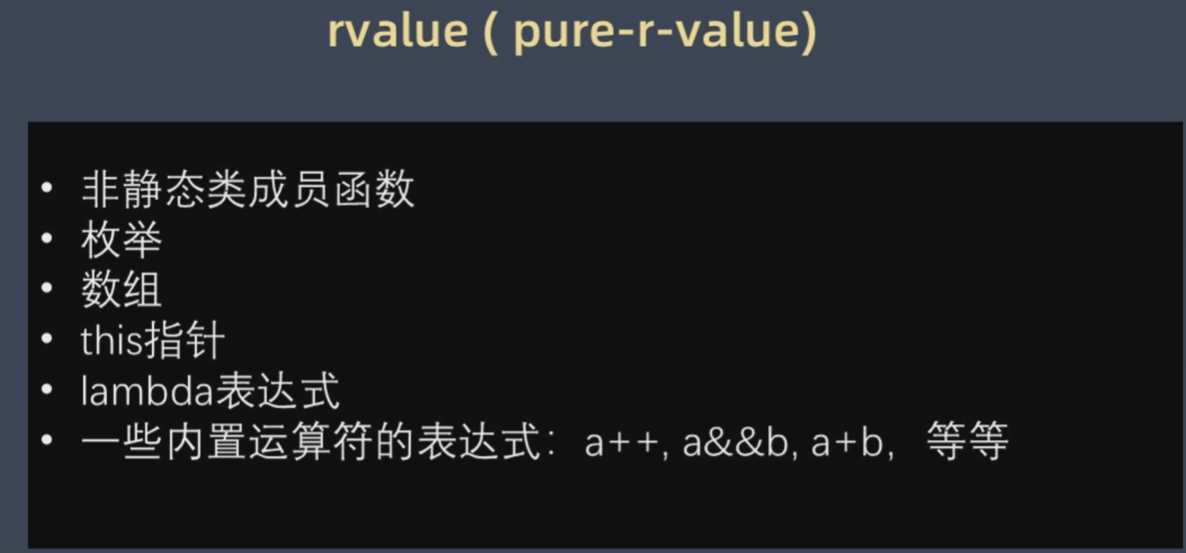


![分享[清华大学DeepSeek教程全家桶]下载地址](https://img2024.cnblogs.com/blog/44814/202502/44814-20250226000155121-2043354056.png)